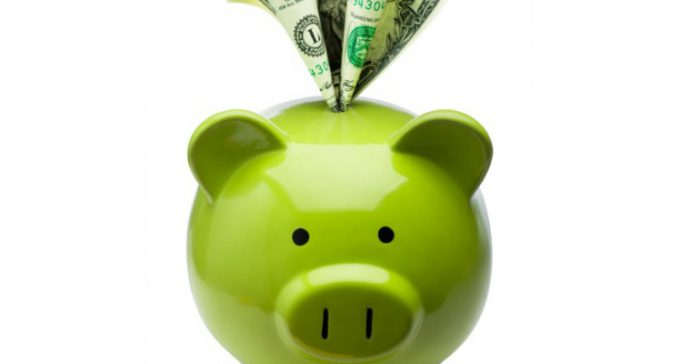Jeff Perkins, ERS, for Zondits
Green banks are organizations created to stimulate private investment in clean energy projects. They can be public, public-private, or private and can have different objectives, products, and approaches depending on the mission defined at their creation. Interest in green banks is increasing, and they have been created in a number of states including Connecticut (2011), New York (2013), Hawaii (2014), California (2014), and Rhode Island (2015). They’re found not only at a state level; Montgomery County, Maryland, created one in 2015. And Washington DC, Nevada, and Pennsylvania (and perhaps others) are at varying stages of creating their own versions of such organizations.
While the term “bank” is used in their name, they are not a financial institution in the classic sense. Further, they have a wide variety of funding sources, market approaches, and project profiles. Fundamentally, however, they all share a similar mandate that’s not limited to energy efficiency: find ways to stimulate private investment in clean energy projects.
Because of the variety of approaches, we will limit the discussion here to purely financial aspects of what many (though not all) of these banks are doing.
[bctt tweet=”How do green banks work? Here is a green banks primer on clean energy project financing.” username=”ZonditsEE”]
One Common Rationale
When it comes to driving private investment, robust lending markets require calculatable risk mitigation and trustworthy securitization opportunities. The energy efficiency market has lacked both, and many believe this caused underinvestment in the market. In theory, the green bank is a vehicle to increase security for lenders. To do this they follow common financing techniques and principles, explained below.
Credit Enhancement
When private lenders are hesitant to loan money due to perceived risks, the green bank mitigates risk by creating loan guarantees.
Explanation: A regular bank or investor might require an interest rate that would make borrowing money an undesirable option for the project. Credit enhancement seeks to improve the terms of private financing by setting up reserves or guarantees to protect the lender. Public dollars are not invested directly in a project, but are instead used to create loan loss reserves to offset any loans that might go bad.
Wall Street Speak: A green bank provides active risk mitigation and can achieve high leverage ratios by stimulating a large amount of private investment per public dollar of investment.
Co-Investment
When private lenders are hesitant to jump in due to perceived risks, the green bank mitigates risk by taking on some portion of the loan.
Explanation: Here, public dollars are invested directly in a project, but alongside private investment. Co-investment can be in the form of subordinated debt or equity in a project, which is then paired with private investment.
Wall Street Speak: The green bank fills a financing gap and provides risk mitigation by shielding senior debt, thereby achieving high leverage ratios that also help stimulate more private investment per public dollar of investment.
Warehousing/Securitization
When private lenders are unwilling or unable to consider loans, the green bank will underwrite 100% of a loan and hold onto it (a.k.a. warehouse) until they have enough volume to make the investment interesting for a private investor.
Explanation: Because energy efficiency projects are often very small and geographically dispersed, the process to underwrite loans can be too expensive and burdensome for a commercial bank to consider them. However, if enough of these loans can be warehoused, loans can then be bundled together to diversify risk and make the total dollar amount big enough to attract investors. This is a process known as securitization, and it’s achieved through private placements directly with investor groups and/or through some form of public offering. (This is what happens in the housing mortgage market all day every day.) If the green bank can sell its entire stake in the portfolio of loans that they have created, then 100% of the public money used is replaced with the private capital from the sale and the process can be repeated. Typically, the bank will keep some portion of the bundle as a first position on losses and/or to make money to become self-sustaining (see CT Green Bank).
Wall Street Speak: The green bank acts as a loan originator who bundles and resells loans, providing significant risk mitigation and, when successful, achieving infinite leverage.
Conclusion
Green banks stimulate private investment in a market where the risk of losses exceed investors’ normal expectations and consideration. The tools described above are not unique to a green bank, but there is a growing belief that green banks are a suitable manager and implementer of these structures. Time will tell if efficiency markets need or want them, and if green banks are the best vehicle to provide them.
